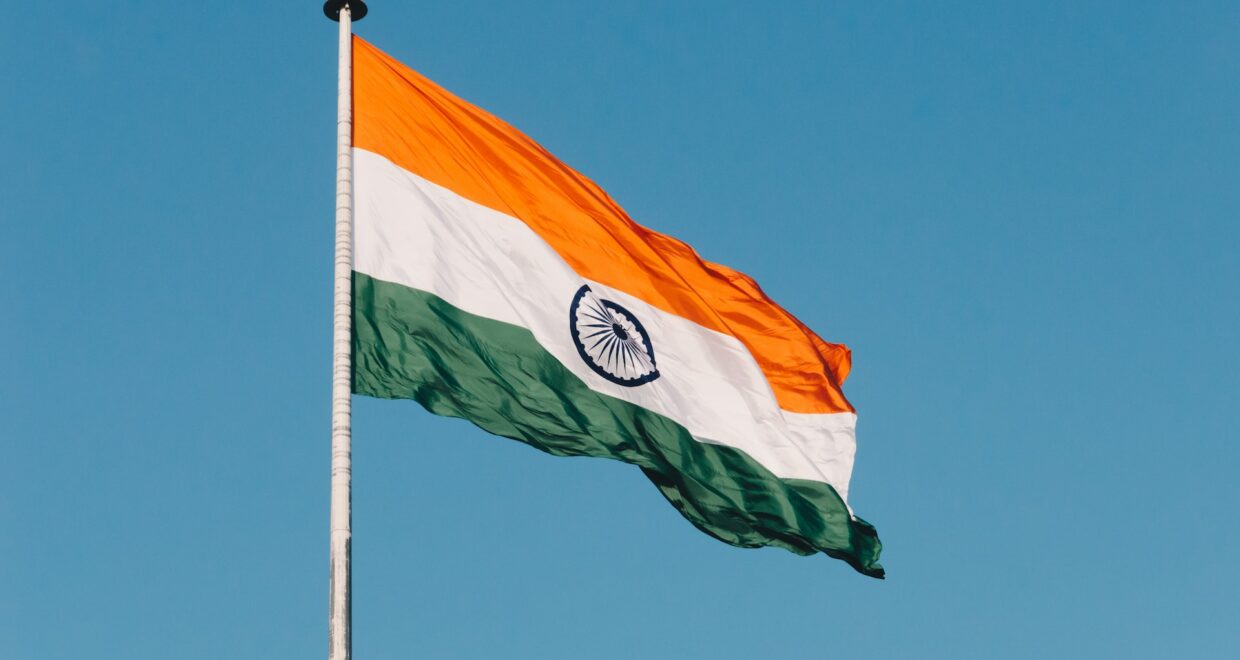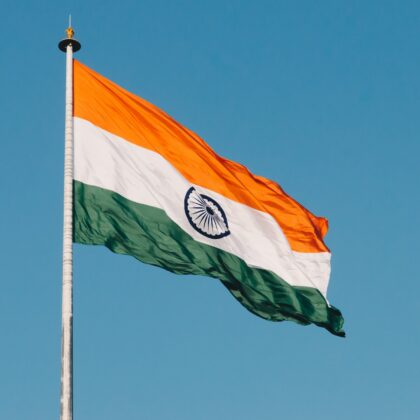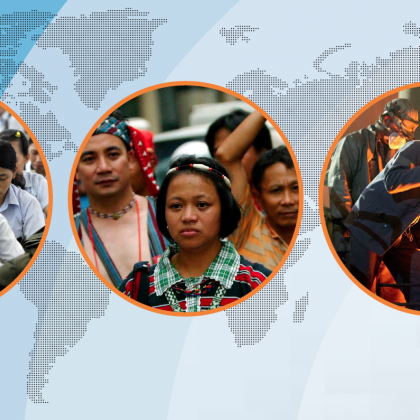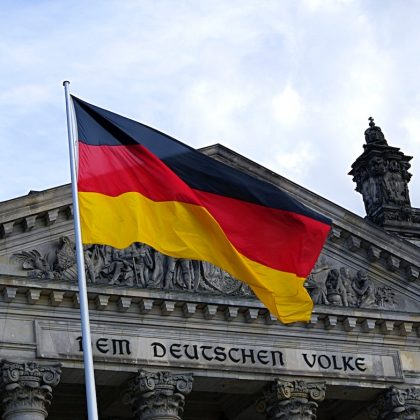IHRL & Queer Theories: An Intersectional Interpretative Tool for Nepal Court in the Case of Queer Marriage Rights?
Part II: In the previous part, the author delved into the intersection of International Law and Queer legal theories, examining the standpoint of Indian Courts. In this section, the author extends the analysis of this intersection to the perspective of Nepal’s Courts.
On May 02, 2023, the SCt of Nepal in Adhip Pokharel v. MoHA recognized the Queer individuals’ right to marry and directed the Law Ministry to either amend the existing law or introduce a new law allowing Queer individuals to exercise their right to marry. Phuyal J. of the SCt noted that the State has a mandatory obligation to protect the citizen’s fundamental rights. Phuyal J. referred to UDHR, and ICCPR to expand the Queer individual’s fundamental rights like equality, anti-discrimination, freedom, and the right to a family within the structure of the ‘right to marry’.
Firstly, the recognition of marriage rights for Queer individuals, as exemplified in Adhip Pokharel, showcases the Nepal Court’s willingness to embrace IHRL principles. The Court’s reference to international instruments like the UDHR and ICCPR highlights its reliance on globally accepted norms that endorse equality, non-discrimination, and the right to family life. This intersection is evident as the Court employs IHRL frameworks to expand the legal recognition of Queer individuals’ rights, effectively bridging international standards with domestic legal contexts. Secondly, these rulings exhibit a convergence between IHRL and Queer theories through their emphasis on dismantling traditional gender norms and hierarchies.
By recognizing that gender-neutral language and inclusivity are essential for upholding human rights and dignity, the Court aligns with Queer theories’ challenge to binary constructs. Furthermore, the Court’s references to Toonen v. Australia (UNHRC, 1994) demonstrate a bridge between IHRL and Queer theories. By relying on international jurisprudence that denounces the criminalization of same-sex relationships, the Court emphasizes the interconnectedness of human rights principles and the recognition of diverse sexual orientations. This acknowledgment parallels Queer theories’ advocacy for dismantling legal frameworks that perpetuate discrimination based on sexual orientation.
Earlier, the SCt of Nepal inSuman Panta v. MoHA (2017), recognized the Queer Marriage of a lesbian couple and granted a non-tourist visa to a foreign woman who was married to a Nepali woman. In this case, the Court had referred to ICCPR and ICESCR to observe that it is the State’s obligation ‘to protect, respect, and enjoy the rights outlined in the Convention to all persons within its State without distinction as to race, color, sex, language, religion, political or other opinions, national or social origin, property, birth or other status.’ By interpreting the term ‘other status’ within these covenants to encompass sexual orientation, the Nepal SCt parallels Queer theories’ emphasis on breaking free from binary gender norms and fostering a diverse understanding of human identities. The Court’s affirmation that an individual’s sexual orientation should not hinder their access to Covenant rights resonates with Queer theories’ pursuit of dismantling discriminatory barriers faced by the LGBTQ+ community.
Moreover, the endeavor to acknowledge the intersection of IHRL and Queer Theory as an intersectional approach to support Queer Marriage Rights can also be validated by the principle of Customary International Law (CIL) using the mechanisms of state practice and opinio juris doctrines. Numerous countries have acknowledged Queer marriage rights within the framework of IHRL. For example, many European countries such as the Netherlands, Norway, Portugal, Slovenia, Spain, Sweden, Switzerland, and the United Kingdom have recognized the right to Queer Marriage. Similarly, countries in the Americas including the United States, Canada, Argentina, Chile, Mexico, and Colombia have also recognized Queer Marriage Rights. In Asia, Taiwan and Australia have also embraced the right to marriage for Queer individuals.
Moreover, backing for this intersection can also be derived from the judgments of international human rights courts on Queer Marriage Rights. These include the ECtHR ruling in the case of Schalk and Kopf v. Austria (2010), the CJEU ruling in the case of Coman v. General Inspectorate for Immigration (2018), and the IACtHR’s Advisory Opinion, in which it asserted that the American Convention on Human Rights necessitates and obligates the legal recognition of same-sex marriage. Thus, the growing acceptance of Queer Marriages by states across different regions including Third-World countries, and through various means strengthens the argument for recognizing Queer marriage rights under CIL.
IHRL, combined with Queer Legal Theory, provides a potent mechanism for South Asian courts to shape legal discourse and foster inclusivity. The emergence of Queer Legal Theory within the South Asian context instills a sense of reassurance within the queer community. While some critical theorists critique international law for perpetuating unequal power dynamics, it is crucial to establish an international legal framework that actively challenges and disrupts deeply rooted inequalities, rather than normalizing or exploiting them. Drawing inspiration from feminist approaches that have exposed the limitations and lack of intersectionality within global governance frameworks, a postcolonial queer curiosity can facilitate transformative changes within the international legal system. Drawing from a post-colonial perspective, the author suggests a departure from established methodologies like TWAIL (Third World Approaches to International Law) in the realm of queer international law.
While TWAIL effectively critiques the Western-centric nature of international law and its resultant disparities for marginalized nations, it is plausible that the author asserts that queer concerns are often marginalized even within the TWAIL discourse. The post-colonial approach to queer theory potentially underscores the importance of integrating queer perspectives into the discourse of international law, advocating for a more inclusive paradigm. This approach could necessitate a reexamination of existing legal frameworks to better address the specific challenges encountered by queer individuals and communities globally. Through the incorporation of this approach, the potential for transformative changes arises in how international law perceives, safeguards, and empowers queer rights.
Recent cases in India and Nepal illustrate the significant impact of the intersection of IHRL principles with Queer Legal Theory. This intersection is reshaping legal discussions by challenging traditional norms and advancing Queer rights. However, the question remains: Can this intersection of IHRL and queer legal theories lead to a fairer and more equitable global legal system? The recognition of queer marriage rights through international legal frameworks not only showcases the adaptability of law to changing social dynamics but also highlights the potential for transformative changes in the international legal landscape.

Sarthak Gupta is a Judicial Law Clerk-cum-Research Associate at the Supreme Court of India (New Delhi). He completed his B.A.; and L.L.B (Hons.) from the Institute of Law, Nirma University, Ahmedabad, India.






